Houten, also known as “wagiri houten”, is a delicious ring-shaped confection that reflects Japanese wagashi’s rich heritage and intricate craftsmanship. Let’s look at this unique dessert and why it’s essential in Japanese cuisine.
Table of Contents
ToggleWhat does wagiri houten mean?
Wagiri houten is a beautiful ring-shaped confection with pure white candy embracing a golden brown karinto. This is also a type of candy originally from Kansai cities such as Osaka and Kyoto. It used to be a high-end sweet and religious offering in the past, but now it’s a beloved treat cherished by all, especially the elderly in Japan. Furthermore, for most Japanese people today, these candies bring a sense of nostalgia, reminding them of their childhood whenever they look at them.
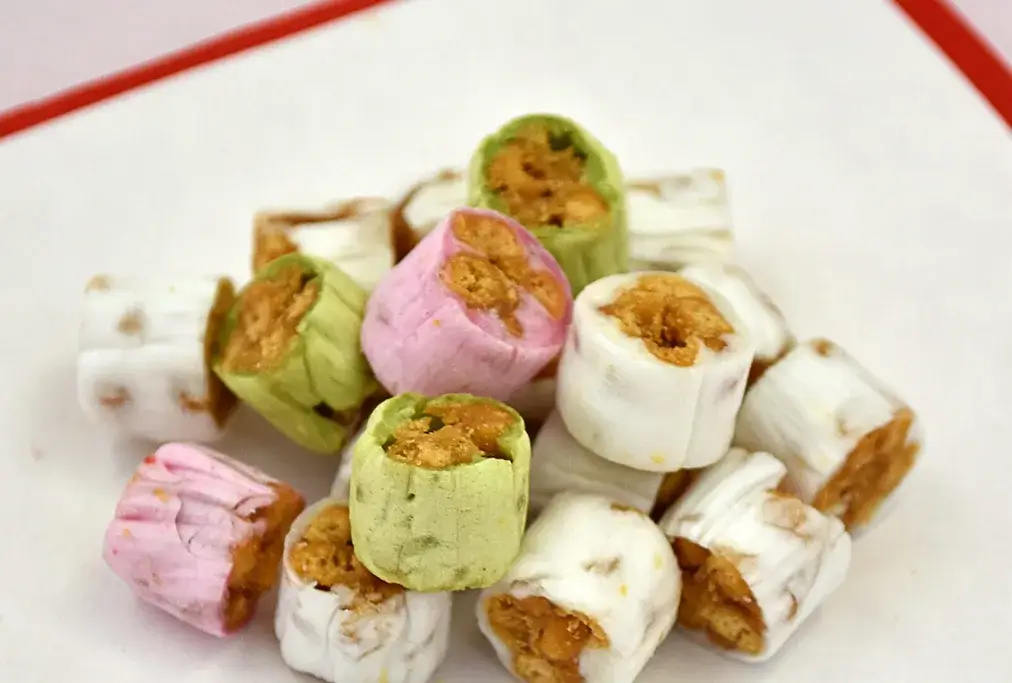
It’s said that this sweet was first crafted as an offering to the heavenly gods, particularly Tenjin (the god of learning). The name “houten” derives from its roots as a candy bar dedicated to the divine to show people’s respect and gratitude. Some places even call it “umebachi“, inspired by its resemblance to the white plum blossom crest.
The thick candy on the outside melts smoothly in your mouth. Meanwhile, the karinto nestled within provides a delightful contrast with its crispy texture, making each bite more interesting. In addition, the candy part has a subtle sweetness that’s perfectly balanced, while the karinto adds a tasty richness. Together, they make a delicious mix of sweet and savory flavors that you’ll want to enjoy again and again.
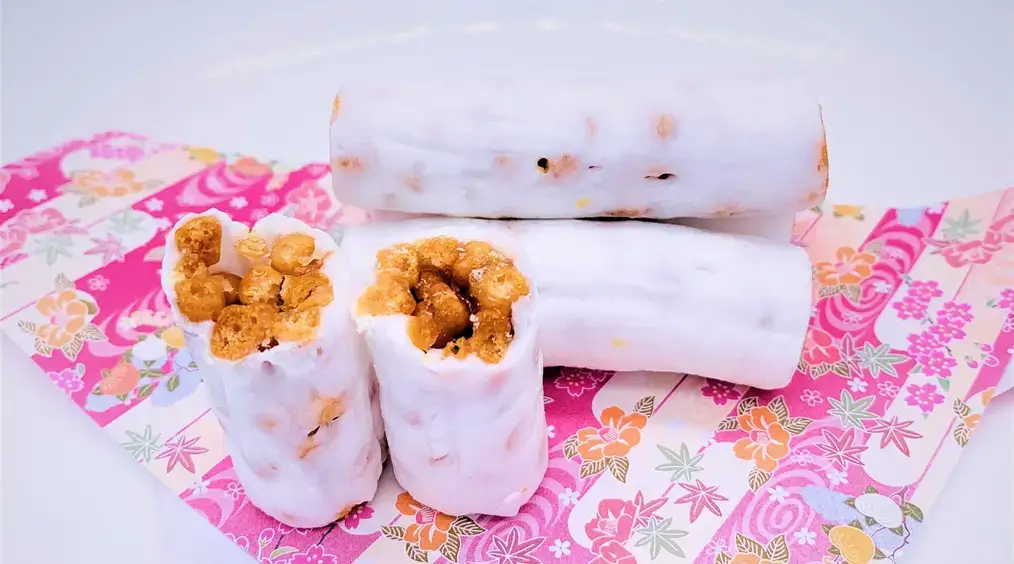
How do I make it?
Meticulousness and craftsmanship are essential in achieving high-quality and refined wagiri houten. This delicacy will showcase its lovely shine and color by adjusting the dough, quantity, boiling temperature, and cooling method well. However, if you understand the following process, you can make a simple version of houten that closely resembles the authentic one.
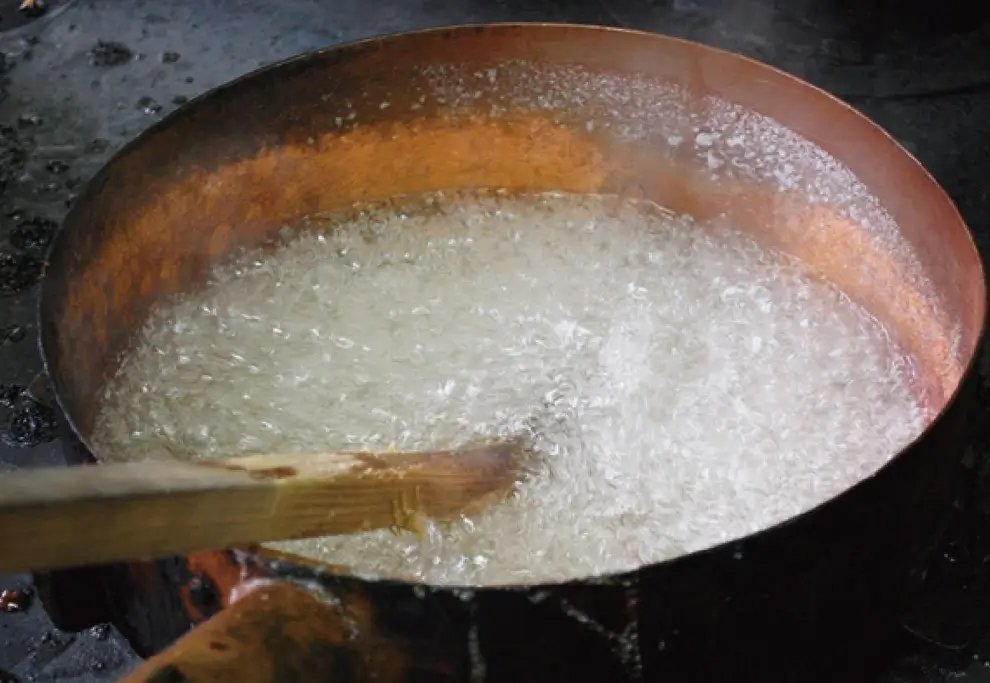
To start making houten, first prepare the karinto dough. Mix the flour and baking powder together. Stir the brown sugar into hot water until it dissolves completely, then add a slight vegetable oil. Next, mix the dry powder mixture, knead the dough, and let it sit briefly. Then, divide and shape the dough into soybean-sized balls. Then, fry them in vegetable oil.
After that, you can move on to making the outer coating. Put sugar and starch syrup in a pot and boil until the water evaporates. Continuously stretch the cooked candy dough to make it soft, smooth, and cloudy white. Then, add starch syrup to the karinto dough and wrap it in hot, soft candy. Finally, stretch it out long and thin and cut it into short sticks with the desired length.
Are you looking for excellent snacks such as houten? Check out Sakuraco! Sakuraco delivers traditional Japanese snacks, teas, sweets, and snacks from local Japanese makers directly to your door so you can enjoy the latest treats directly from Japan!
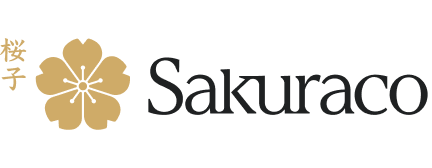
Where can I buy houten?
Itoken
This is a famous wagashi (traditional Japanese sweets) store chain in Kyoto prefecture. For over 50 years, Itoken has been exclusively making Mukden. Itoken’s manufacturing factory was established around the end of the 19th century. All Itoken stores offer fresh sweets, seasonal wagashi, and Kyoto confectionery souvenirs. Moreover, Itoken also provides cafe facilities and workshops for experiencing wagashi making.
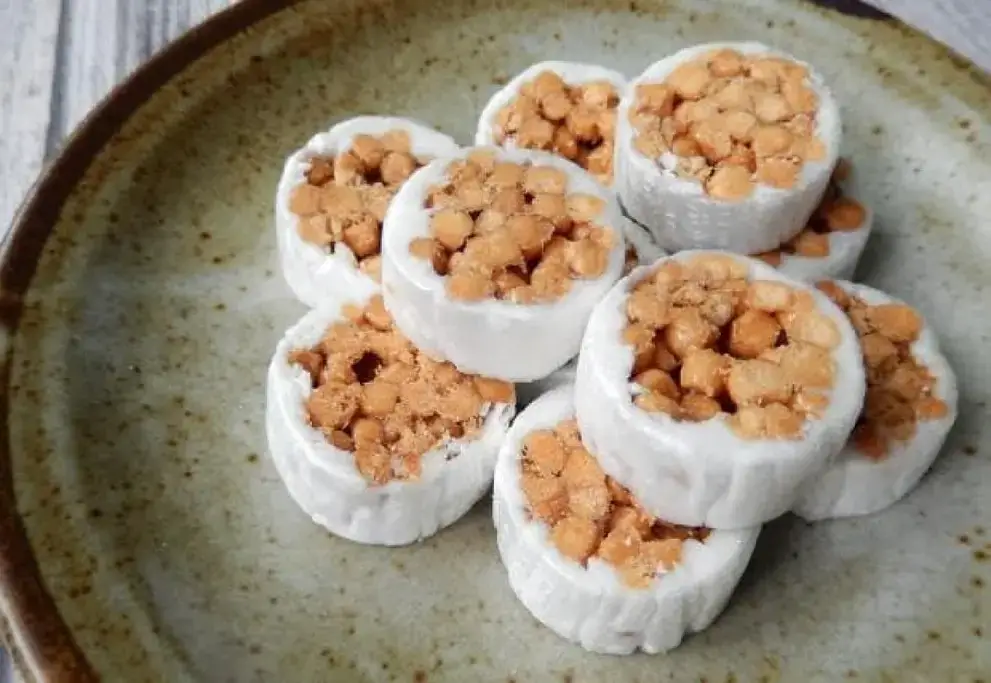
Tenmangu shrines
Because these sweets are typical offerings in religious ceremonies, you can easily find them sold at Tenmangu shrines and Shinto shrines dedicated to Tenjin. There are hundreds of Tenmangu shrines all over Japan, especially in places like Kyoto and Fukuoka. They are often grand and surrounded by large gardens with magnificent plum trees.
Japanese supermarkets, online stores, and more!
Houten is very popular in Japan, and you can easily spot it in most supermarkets or convenience stores. They are most common in traditional Japanese sweet corners. Additionally, many Japanese online stores or significant e-commerce platforms like Amazon or Rakuten sell this type of candy and always offer a variety of flavors and designs for you to choose from.
Unique flavors include matcha (green tea), hojicha (roasted green tea), and sakura (cherry blossoms). These products are imported from renowned confectionery brands such as Natsukashiya, Itoken, or Maruei. Moreover, subscription box services for traditional Japanese food also offer you a wide variety of typical Japanese sweets, making them a perfect choice if you want to experience the culture.
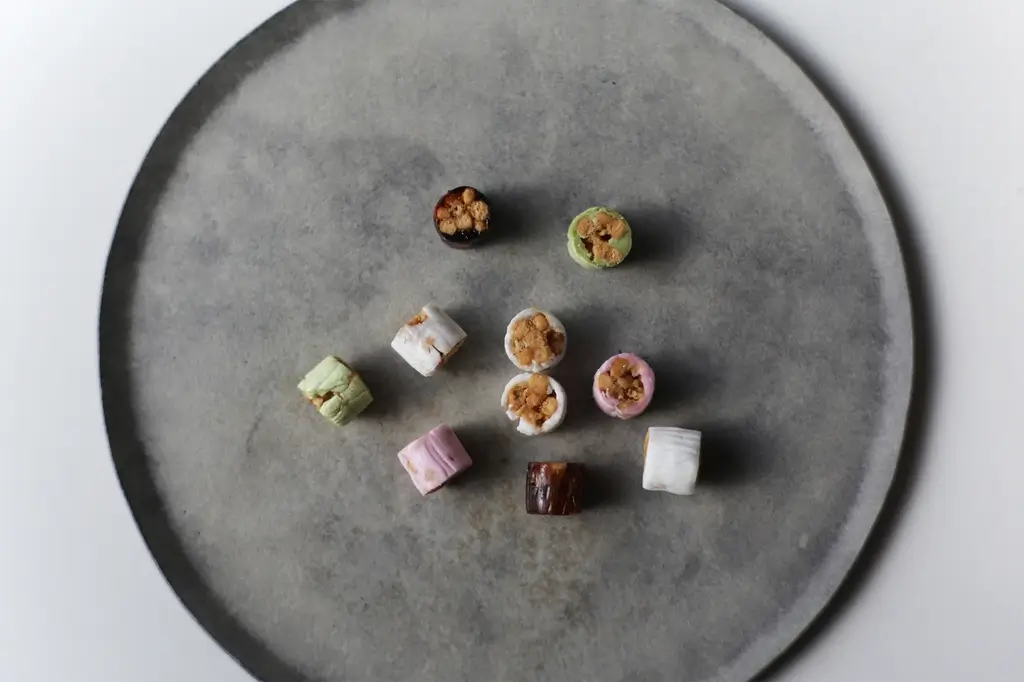
Why should I try houten?
Indulging in wagiri houten is not just about savoring a tasty snack; it’s about embracing Japanese tradition’s cultural significance and craftsmanship. Whether enjoyed as a nostalgic treat or as part of a cultural experience, this beloved candy brings joy and sweetness to every moment. Have you experienced the delightful taste of wagiri houten? Share your thoughts in the comments below!









